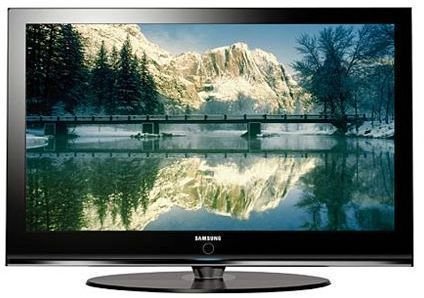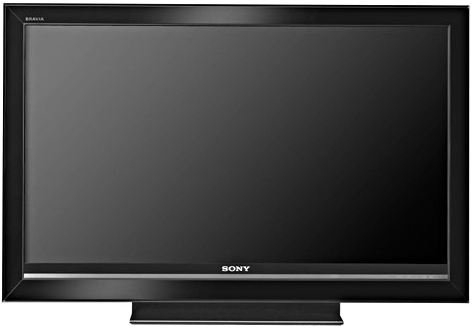Buyer's Guide to Digital Televisions - LCD, Plasma, and OLED - A Plain-language Primer
Televisions for All
Televisions in a home theater setup have been around for a very long time – pre-dating the projector setups we have been talking about in the previous pages. As a matter of fact, projectors are just now making a real mark on the home theater stage because prices have been coming down, the same way LCD and Plasma TV prices have also been on the decline in recent years. So, what should you look for in an HDTV to complement your sound setup?
HD, SD, ED, Etc.
This is not so much of a problem today, but when HDTVs were getting their start, many TV companies lured in customers with promises of HD with a special kind of TV called an EDTV. An EDTV, or Enhanced-Definition TV today cannot compare to the wonders you’ll experience in an HD world. These TVs use 480p TV and DVD playing to trick you into believing you’re watching something close to HD.
The real take away from the Blu-Ray format wars as well as the advent of HDMI is that your TV, at least for the foreseeable future needs to be 1080p. This, again, refers to the number of lines that are drawn on the screen at a time, and the p stands for progressive, which means the image is rendered all at once rather than by sweeping the image across the screen (like in the interlaced or 1080i format).
Today’s TV contenders are no longer really concerned with the definition of the TV (as most break down to either 720p/1080i or 1080p), but rather with the Hz or the frequency with which the image is relayed onto the screen. Modern 120+ Hz televisions give you a life-like appearance to the motion of characters on the screen. However, it’s really a niche market because most people find the image either “too smooth” or not noticeably different from the original image on the TV.
Brands
Television brands, unlike projector brands, come in a large and abundant variety. You have everything from knock-off brands to real top contenders like Sony and Panasonic. The brand of the TV determines a number of things, the most important of which is the quality of the materials used to build the TV as well as the warranty and type of repair service you can expect from such a TV.
I’ve had a Panasonic HDTV that we’ve used for about 6 years now, and it holds its own very well to the modern LCD TVs that are much less expensive and more featured. What winds up happening most times with the purchase of an HDTV is that you’ll buy a TV that matches the price range you’re looking for, and since the economy is undergoing some tough times, more often than not, you can find deep discounts on less recognizable brands than you can on the Sonys, LGs, and Panasonics.



Types
There are fundamentally two types of HDTV currently in the market – plasma TVs and LCD TVs. The latter has proved to be the most popular of the two thanks to the cost of the product – LCD TVs are cheaper and easier to produce than plasma TVs. The tech behind both types of displays is different as well. LCD TVs use many tiny crystals to display the three basic colors that make up a viewable image, whereas a plasma TV uses ionized (or plasma) gas that excites a phosphorous layer in the cells that then in turn displays a specific color. It almost works like tiny fluorescent light bulbs inside the screen.
The tech behind Plasma TVs is arguably more advanced than LCDs, but there’s another type of TV, the Organic Light Emitting Diode screen (or OLED) that will be making its debut in years to come. The OLED screen uses organic LEDs to emit the three necessary colors that make up an image. This tech though, allows for richer blacks (a common complaint in LCDs) and sharper contrasts, as well as a screen that is only a fraction of an inch thick.
When you return for our next article, we’ll be taking you through the best high-end, mid-range, and introductory TVs for your home theater setup. In the meantime, there’s plenty of research you should do before buying, and make sure to SEE your TV before purchasing – at a local electronics store, you can typically find the TV you want and look at it for a while to decide, and then purchase according to who has the best price.

